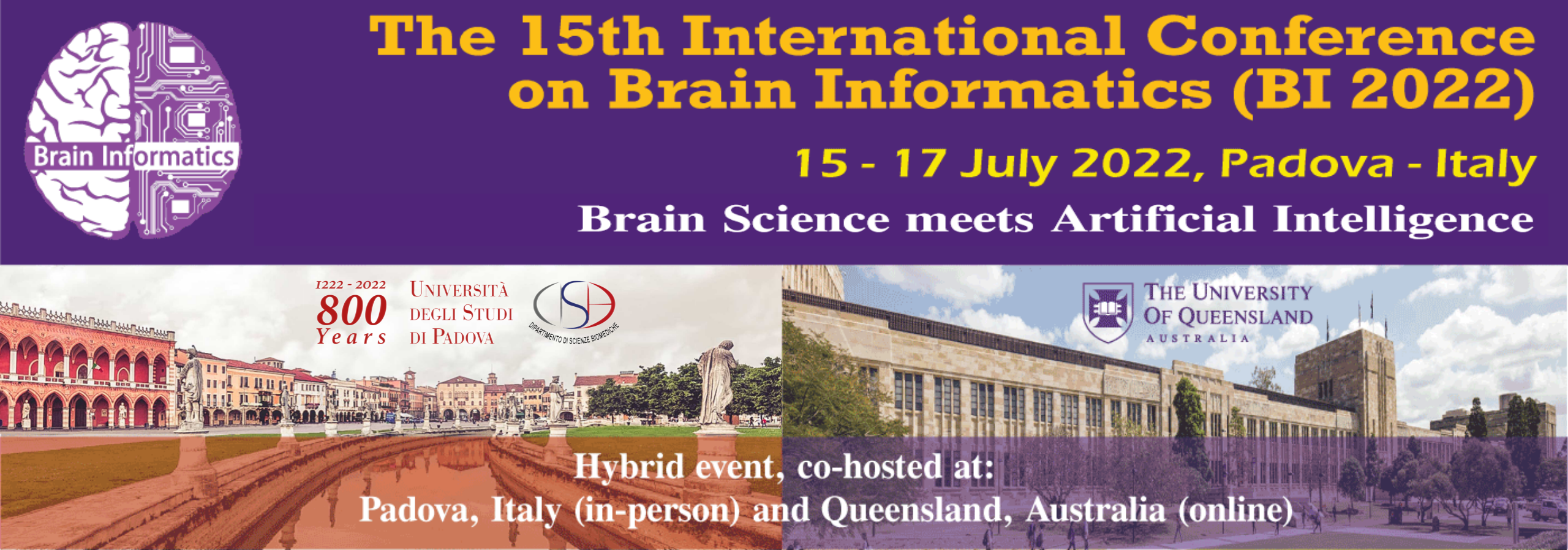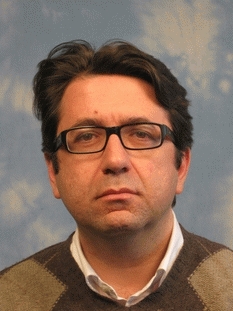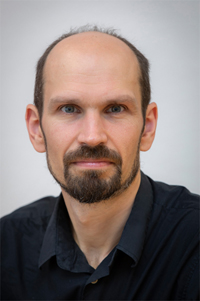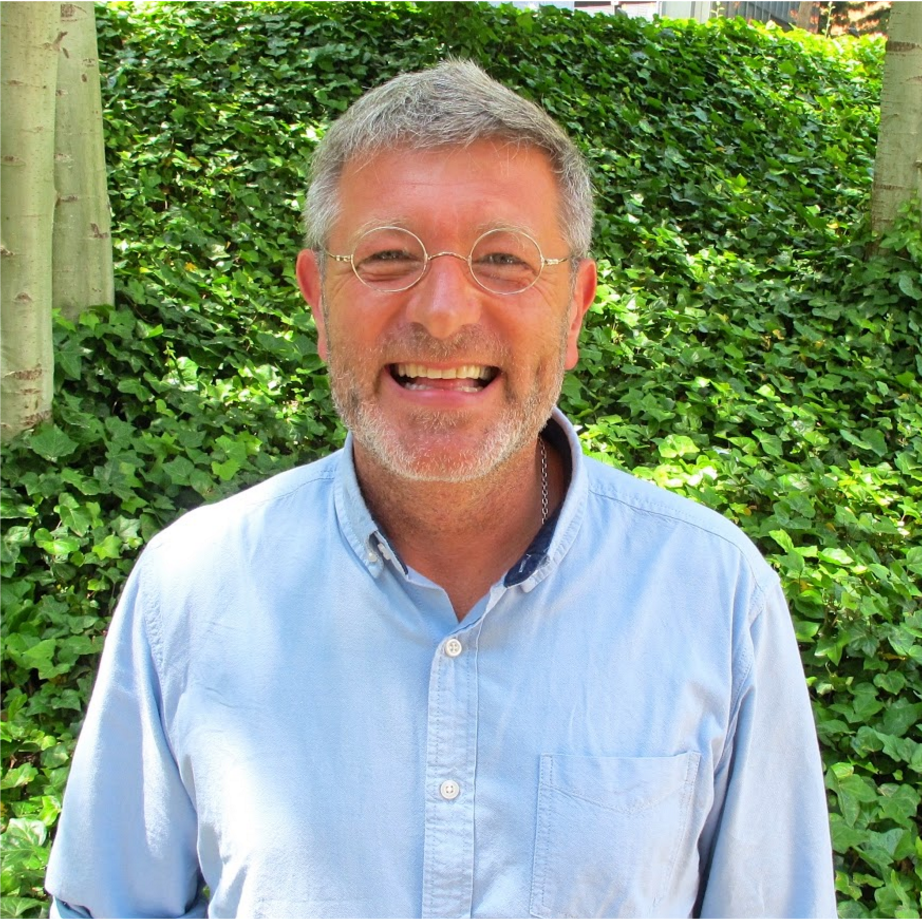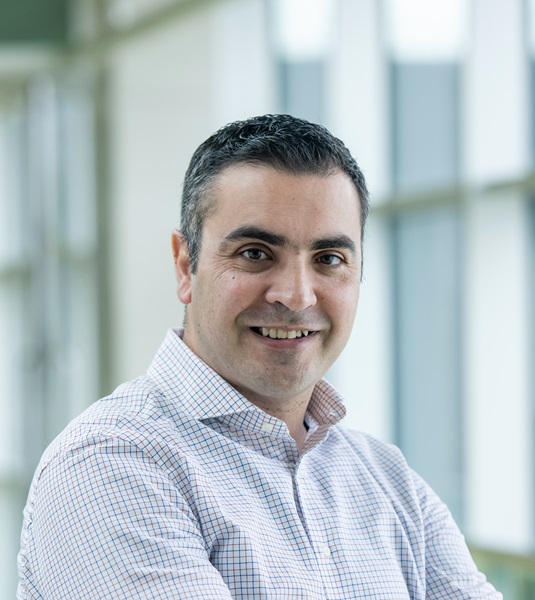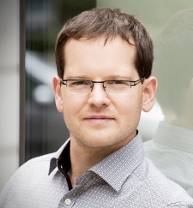Full Professor, Bertarelli Foundation Chair in Translational Neuroengineering
EPFL
Switzerland
Title: Intraneural Neuroprostheses to Understand and Restore Sensory, Motor, and Autonomic Neural Functions
Abstract:
Neuroengineering is a novel discipline combining engineering including micro
and nanotechnology, electrical and mechanical, and computer science with
cellular, molecular, cognitive neuroscience with two main goals: (i) increase our
basic knowledge of how the nervous system works; (ii) develop systems able to
restore functions in people affected by different types of neural disability. In the
past years, several breakthroughs have been reached by neuroengineers in
particular on the development of neurotechnologies able to restore
sensorimotor functions in disabled people.
In this presentation, I will provide several examples on how implantable
interfaces can be used to restore sensory (tactile feedback for hand prostheses,
vision), motor (grasping, locomotion), and autonomic functions (for type 2
diabetes and cardiovascular problems) and how they can be used also to
understand cognitive functions such as language and decision making.
Biography: Silvestro Micera is currently Professor of Bioelectronics at the Scuola Superiore Sant’Anna (SSSA, Pisa, Italy) and at the Ecole Polytechnique Federale de Lausanne (Lausanne, Switzerland) where he is holding the Bertarelli Foundation Chair in Translational NeuroEngineering. He received the University degree (Laurea) in Electrical Engineering from the University of Pisa, in 1996, and the Ph.D. degree in Biomedical Engineering from the Scuola Superiore Sant’Anna, in 2000. From 2000 to 2009, he has been an Assistant Professor of BioRobotics at the Scuola Superiore Sant’Anna. In 2007, he was a Visiting Scientist at the Massachusetts Institute of Technology, Cambridge, USA with a Fulbright Scholarship. From 2008 to 2011 he was the Head of the Neuroprosthesis Control group and Group Leader at the Institute for Automation, Swiss Federal Institute of Technology, Zurich, CH. He was the recipient of the “Early Career Achievement Award” and of the “Technical Achievement Award” of the IEEE Engineering in Medicine and Biology Society in 2009 and 2021, respectively. Dr. Micera’s research interests include the development of neuroprostheses based on the use of implantable neural interfaces with the central and peripheral nervous systems to restore sensory and motor function in disable persons. In particular, he is currently involved in translational experiments for hand prosthesis control in amputees, and the restoration of vestibular function, grasping and locomotion in different neurological disorders. He is author of more than 300 WoS peer-reviewed papers and several international patents. He is currently Associate Editor of IEEE Transactions on Neural Systems and Rehabilitation Engineering and of IEEE Transactions on Medical Robotics and Bionics. He is also member of the Editorial Boards of the Journal of Neuroengineering and Rehabilitation, and of Journal of Neural Engineering.

